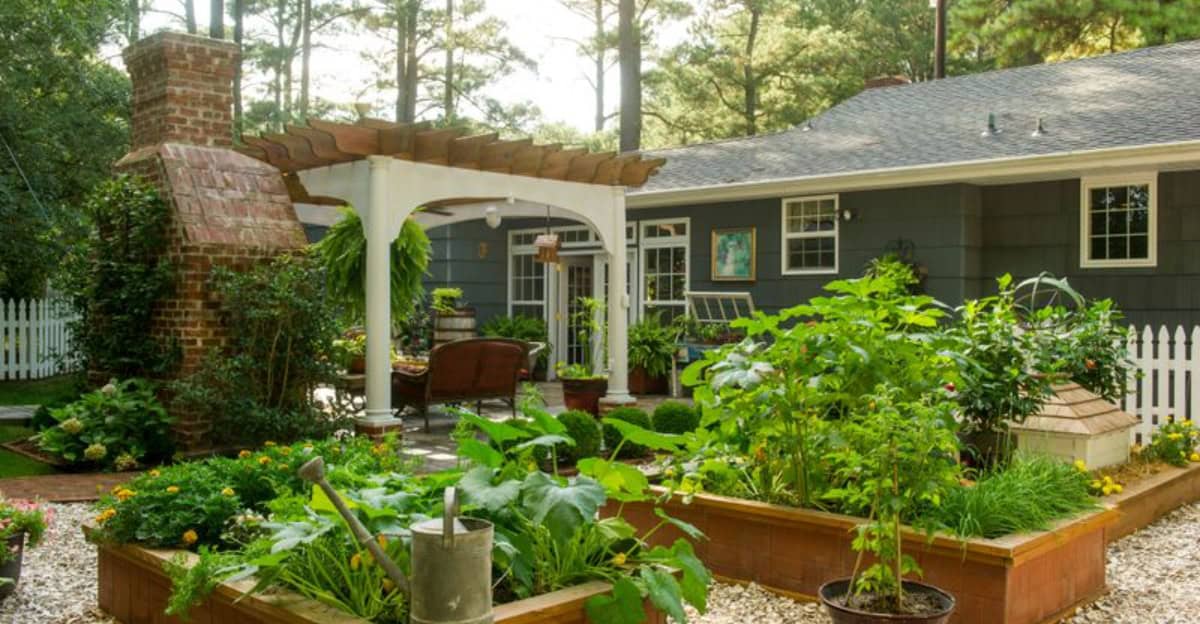Filling a raised garden bed doesn’t have to be expensive. By choosing budget-friendly materials, you can ensure your garden thrives without breaking the bank.
Here are 10 affordable options to consider for your garden bed.
1. Leaf Mold
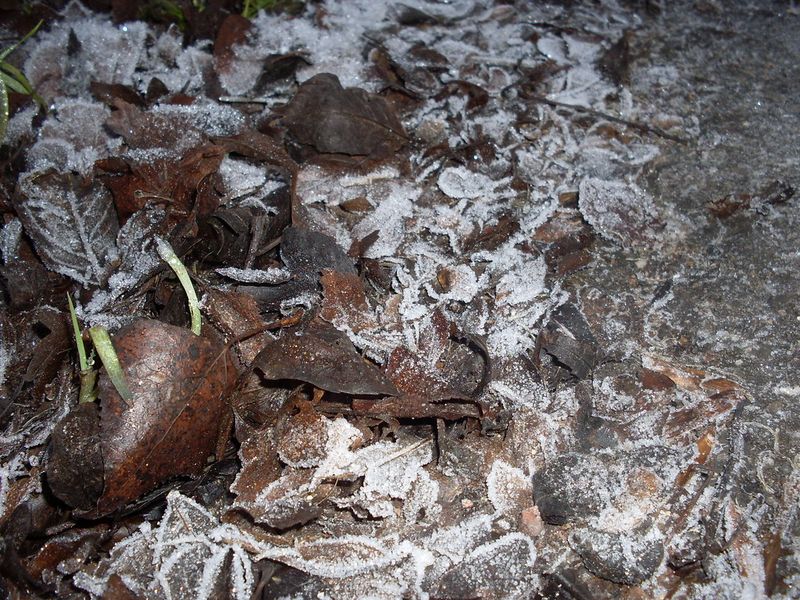
Leaf mold is a simple, cost-effective way to enrich soil. Create it by piling up fallen leaves and letting them decompose naturally over time.
It’s a slow process, taking about a year or more, but the result is worth the wait.
Leaf mold improves soil’s water retention, which is especially helpful in dry climates. Secondly, it enhances soil structure, aiding root growth.
Unlike compost, leaf mold is primarily a soil conditioner, not a nutrient source. It’s perfect for filling the bottom of deep raised beds or mixing with other materials to improve texture.
2. Straw
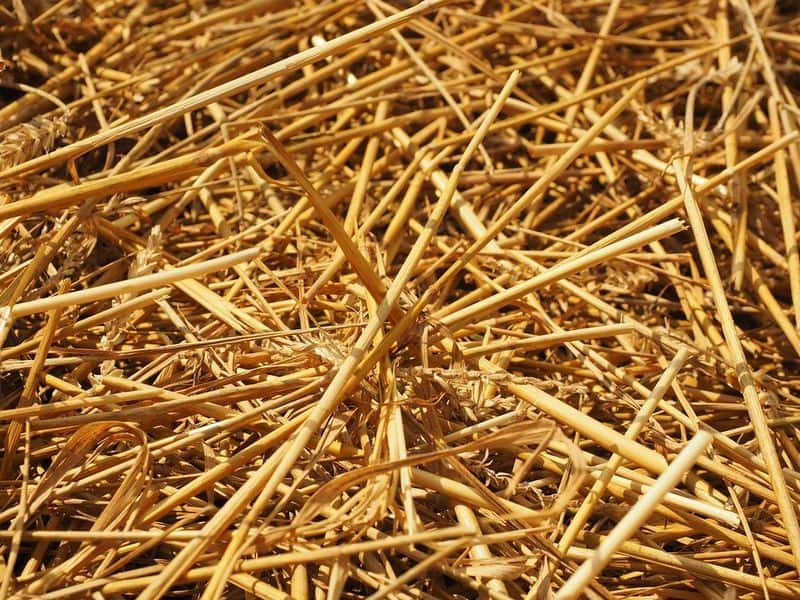
Straw is an affordable and effective option for filling raised beds. It’s lightweight and easy to handle, making it ideal for quick installation. First, lay down a layer at the base of your bed to improve drainage.
Secondly, combine it with compost or topsoil to provide a balanced growing medium. Straw breaks down over time, adding organic matter to the soil.
It also helps retain moisture and suppress weeds. This natural material is accessible and often available from local farms. Just ensure it’s free from herbicides to keep your garden chemical-free.
3. Coconut Coir
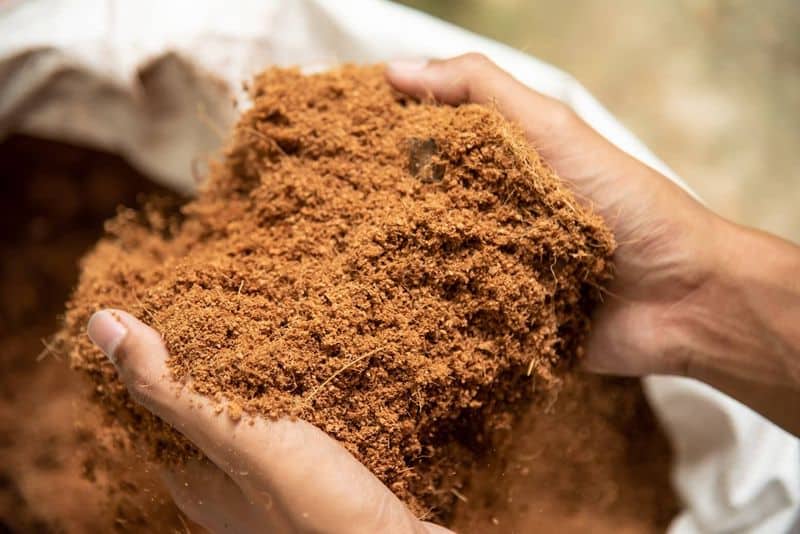
Coconut coir is a sustainable, budget-friendly alternative to peat moss. Made from coconut husks, it’s an eco-friendly choice for your garden.
First, it’s excellent for improving soil aeration and drainage. Secondly, it retains moisture well, reducing the need for frequent watering.
Coconut coir is lightweight and easy to handle, making it a practical choice for raised beds. It’s also pH neutral, so it won’t alter soil acidity.
Use it alone or mix it with compost for a nutrient-rich growing medium. It’s widely available and an excellent addition to any gardener’s toolkit.
4. Pine Needles
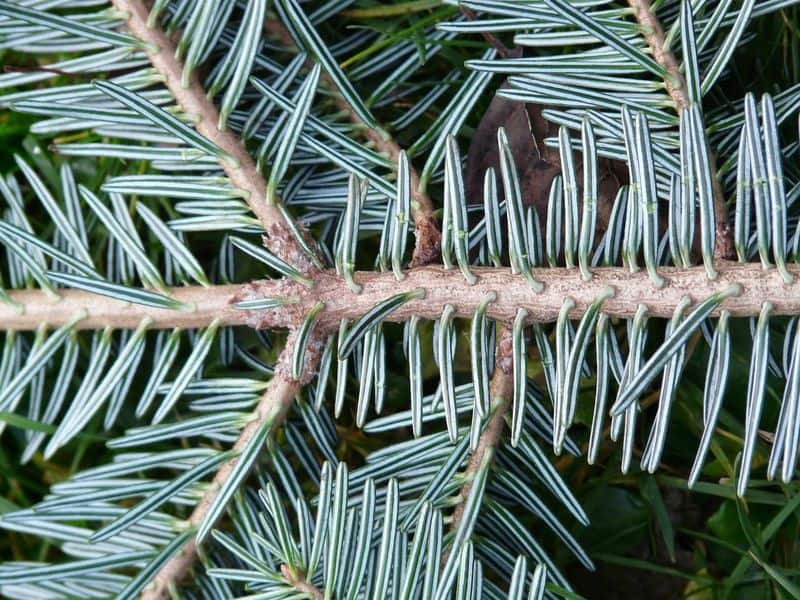
Pine needles are an often-overlooked resource for gardeners. They’re readily available, especially in areas with pine forests.
Use them as a mulch layer to retain moisture and regulate soil temperature. Pine needles break down slowly, adding organic matter to the soil over time.
They also create an acidic environment, which benefits acid-loving plants like blueberries. Additionally, their unique texture helps prevent soil compaction.
Collect them from your yard or a nearby forest for a free and effective garden bed filler. Just be mindful of potential acidity if used in excess.
5. Grass Clippings
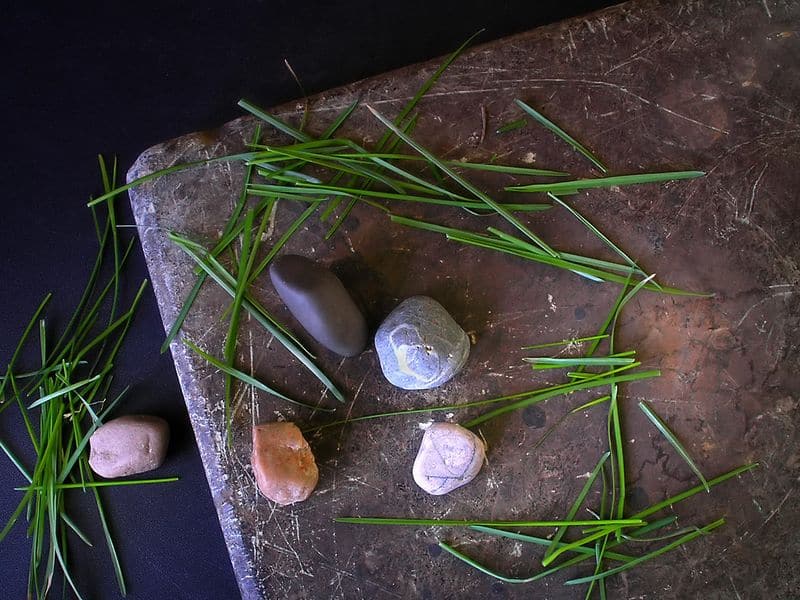
Grass clippings are a readily available and free resource for gardeners. Collect them after mowing your lawn and use them to fill your raised beds.
First, they add nitrogen to the soil, promoting healthy plant growth. Secondly, they break down quickly, enhancing soil structure and fertility.
Grass clippings help retain moisture, reducing the need for frequent watering. However, it’s important to layer them thinly to avoid matting, which can lead to unpleasant odors.
Ensure the grass hasn’t been treated with chemicals to keep your garden organic. They’re a simple way to enrich your soil.
6. Compost
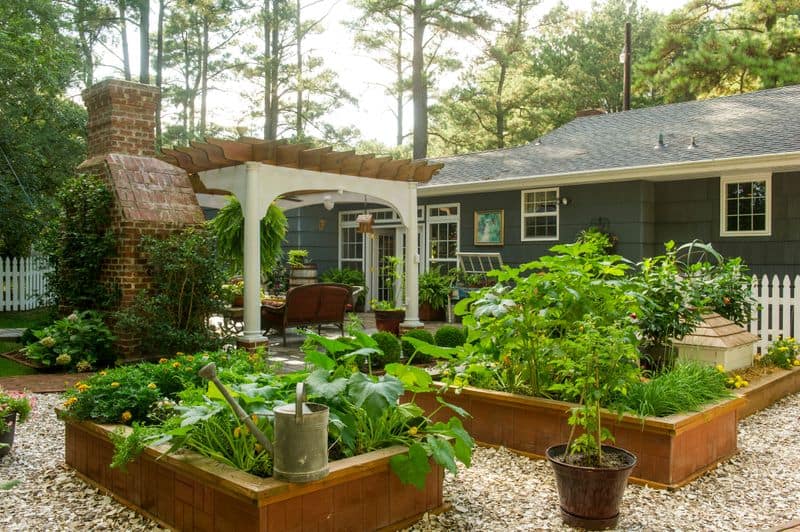
Compost is a gardener’s gold. This nutrient-rich material can be made at home using kitchen scraps and yard waste.
First, start with a mix of greens and browns to balance nitrogen and carbon. Secondly, turn the pile regularly to speed up decomposition.
You’ll end up with a dark, crumbly substance that’s perfect for your raised bed. It’s cost-effective and environmentally friendly.
By using compost, you’re recycling waste into a valuable resource.
This organic matter improves soil structure, retains moisture, and encourages beneficial microbes. It’s an essential addition to any garden.
7. Wood Chips
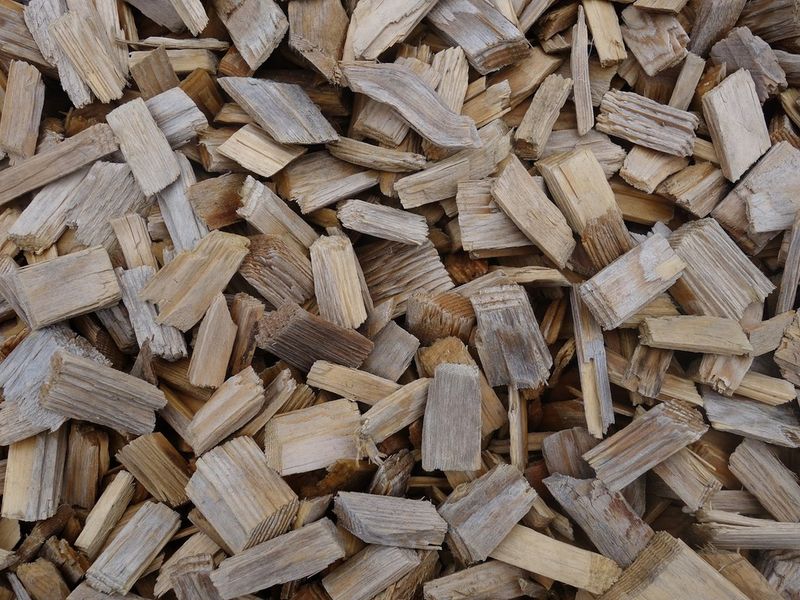
Wood chips are a versatile and cost-effective option for filling raised beds. They’re often available for free from local tree services.
Use them as a mulch layer to improve soil structure and retain moisture. Wood chips break down slowly, adding organic matter to the soil over time.
They also help suppress weeds, reducing garden maintenance. Choose untreated wood chips to avoid introducing chemicals into your garden.
Their natural appearance complements any landscape design, making them an attractive choice. Additionally, they provide a habitat for beneficial insects and fungi, enhancing garden biodiversity.
8. Cardboard
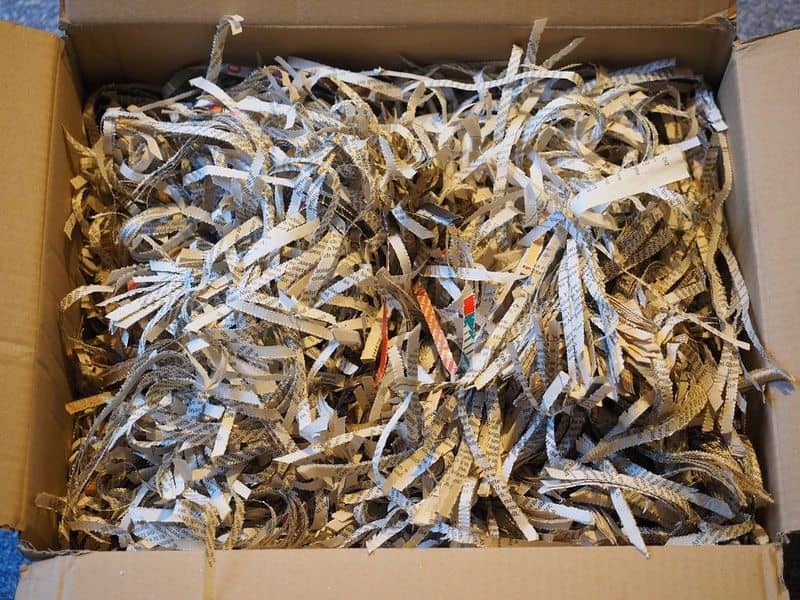
Cardboard is an often-overlooked resource for gardeners. It’s free and easy to find, making it a budget-friendly option.
Use it as a base layer in your raised bed to suppress weeds and improve moisture retention. First, remove any tape or labels to prevent introducing non-biodegradable materials.
Secondly, overlap the sheets to create a barrier against weeds. Cardboard breaks down over time, enriching the soil with organic matter.
It’s particularly useful for lasagna gardening, where layers of organic materials decompose to create rich soil. Just ensure it’s chemical-free to keep your garden healthy.
9. Rotted Manure
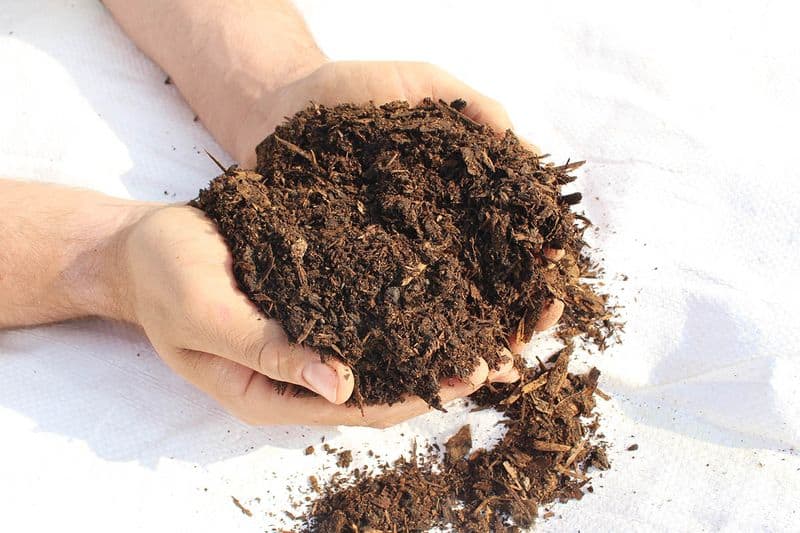
Rotted manure is a nutrient-rich addition to any raised bed. It’s an excellent source of nitrogen, phosphorus, and potassium—essential nutrients for plant growth.
Use manure that’s well-rotted to avoid burning plant roots.
First, mix it with other materials like compost or soil to create a balanced growing medium. Secondly, it’s great for improving soil structure and fertility.
Rotted manure is often available from local farms, making it an affordable choice. Just ensure it’s from animals that haven’t been treated with antibiotics to keep your garden organic and thriving.
10. Sand
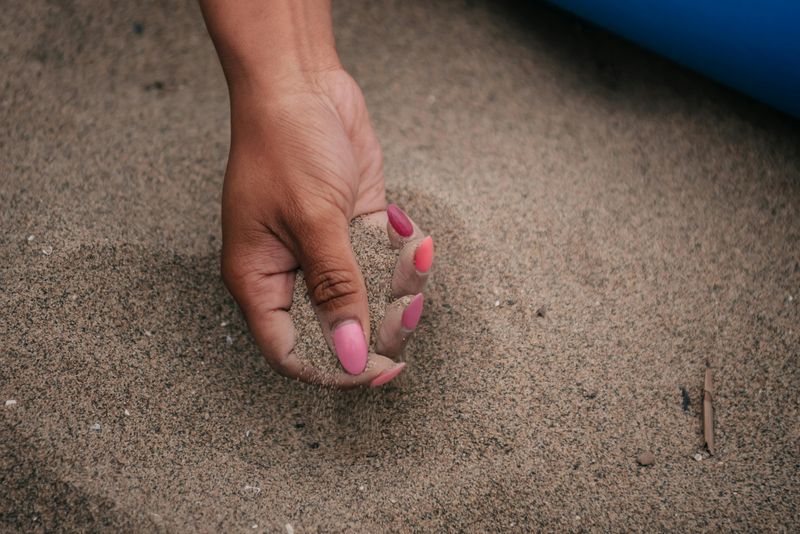
Sand is a valuable addition to raised garden beds, especially for plants that require good drainage. It’s inexpensive and helps improve soil aeration.
First, mix sand with heavier materials like clay soil to prevent compaction.
Secondly, it’s ideal for growing root vegetables, as it allows roots to expand easily. Sand also warms up quickly in the spring, aiding early plant growth.
However, it’s crucial to balance sand with organic materials like compost to maintain soil fertility. This combination creates an optimal environment for a variety of plants.

